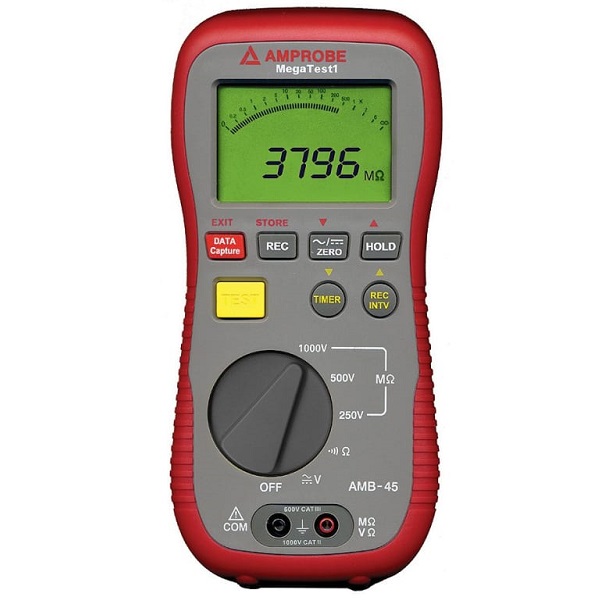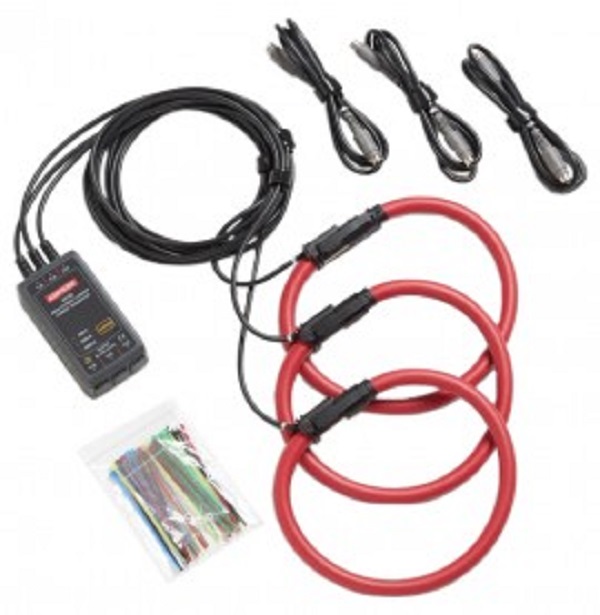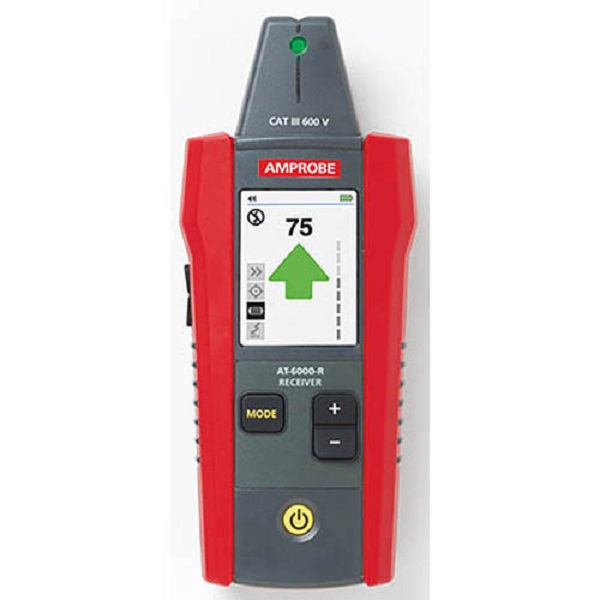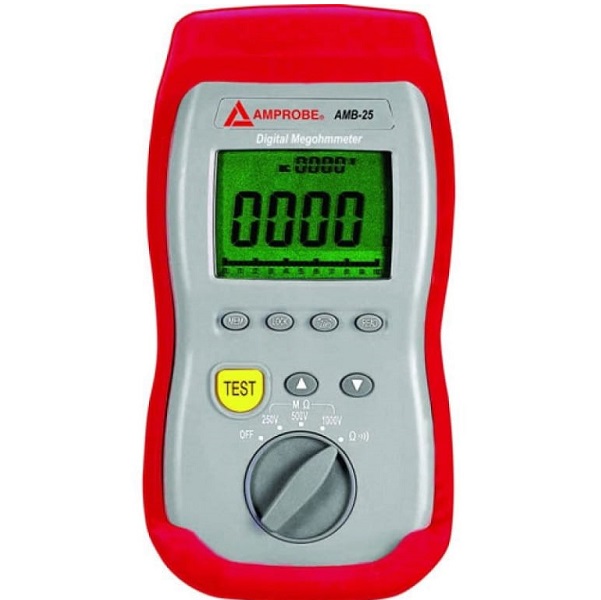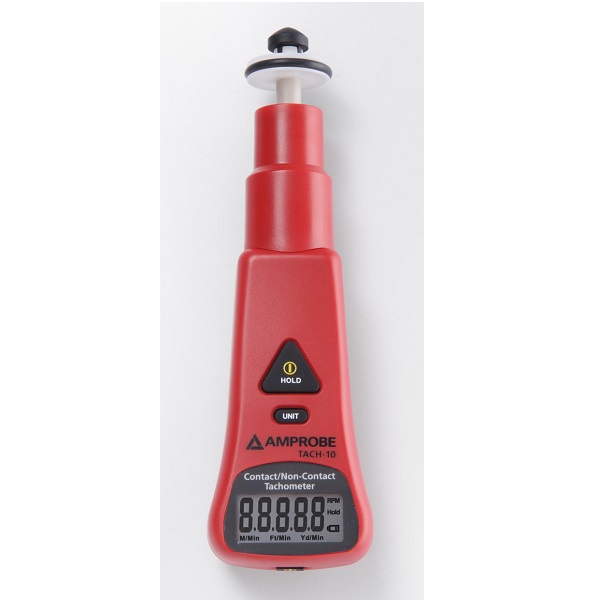| Content | Test insulation of wires, cables, transformers and electrical motors quickly and easily with this rugged tester. | Amprobe Flex Current Sensor Developed for the Amprobe DM-5, your all-in-one solution for excellent power quality. | Amprobe?s advanced wire tracer technology combines a Receiver and powerful Transmitter to locate energized and de-energized wires, breakers, and fuses without having to disconnect any equipment. The Receiver features four tracing modes optimized for a range of applications, and the Transmitter utilizes two optimized frequencies that allows for a clean and reliable signal. Whether you?re a novice user or an expert, the AT-6000 Advanced Wire Tracer Series kits will help you get the job done fast. | Like the AT-2004, the Amprobe AT-2005 Wire Tracer traces live wires buried or hidden behind walls up to 13 feet (4 m) thick without interrupting power. However, the AT-2005 electrical wire tracer also includes a battery booster that strengthens the signal for more accurately tracing opens and finding wires in walls. The AT-2005 is used for quickly locating breakers, broken wires, neutrals, grounds, shorts and pinpointing ground faults. | This affordable and rugged megohmmeter is fast and easy to use, and offer the features you need for most insulation test applications including wires, cables, transformers and motors. | Universal, economical tachometer measuring rotational or surface speed either in contact or non-contact way. Widely used to measure rotational speed of motors, conveyer belts and other moving or rotating systems. |
| Additional information |
| Weight |
3 lbs |
| Dimensions |
12.3 × 7.8 × 4.5 in |
|
| Weight |
3 lbs |
| Dimensions |
10 × 10 × 10 in |
|
| Weight |
1 lbs |
| Dimensions |
9.5 × 6.5 × 1.75 in |
|
| Weight |
8 lbs |
| Dimensions |
19.9 × 17.2 × 12.5 in |
|
| Weight |
3 lbs |
| Dimensions |
12.3 × 7.8 × 4.5 in |
|
| Weight |
1 lbs |
| Dimensions |
10.2 × 7 × 3.2 in |
|
